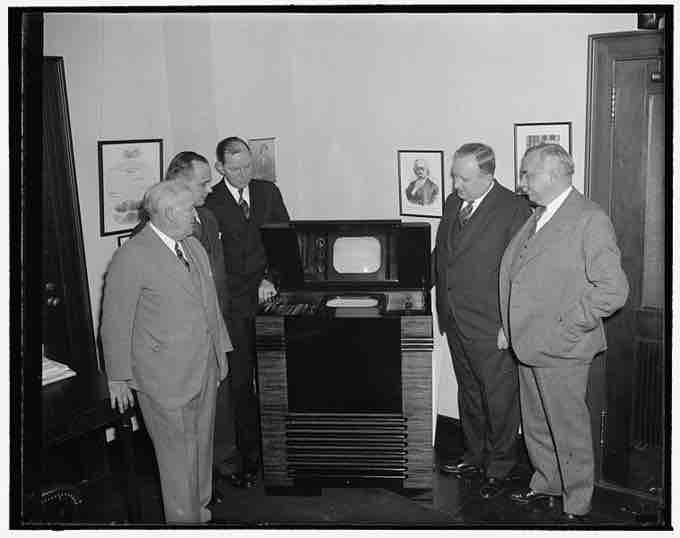In the United States, freedom of press does not necessarily mean an unregulated media.
Some of the more notable aspects of broadcast law include:
- frequency allocation: The division of the spectrum into unlicensed frequency bands, such as ISM band and U-NII band, and licensed frequency bands, along with television channel frequencies, FM broadcast band, and amateur radio frequency.
- low-power broadcasting
- Fairness Doctrine
- public broadcasting
Today, broadcasting rights fall under the jurisdiction of the Federal Communications Commission (FCC), but other legislations set the precedent for this modern day law.
The History of Broadcasting Law
The Radio Act of 1927 was the first major broadcasting law in the country. Among its provisions was the equal opportunity provision, which provided a foundation for the equal time rule. This provision required radio stations, television stations and cable systems, which originated their own programming, to treat legally qualified political candidates equally when it came to selling or giving away air time. This provision was a result of legislators' growing concerns that, without mandated equal opportunity for candidates, some broadcasters might try to manipulate elections.
The Communications Act of 1934 amended the Radio Act, and the equal time provision is located in Section 315 of the Communications Act. This act was another crucial moment in broadcasting law history, because it created the Federal Communications Commission (FCC, ). The FCC's intent was to "regulat[e] interstate and foreign commerce in communication by wire and radio so as to make available, so far as possible, to all the people of the United States, without discrimination on the basis of race, color, religion, national origin, or sex, a rapid, efficient, Nation wide, and world wide wire and radio communications service . . . ". (In this context, the word "radio" covers both broadcast radio and television). The FCC has the authority to "make such regulations not inconsistent with law as it may deem necessary to prevent interference between stations and to carry out the provisions of [the] Act. "

FCC Commissioners inspect the latest in television (1939).
The Federal Communications Commission (FCC) has promised to ensure fairness in broadcasting.
In 1949, the FCC enacted the Fairness Doctrine for the purpose of ensuring balanced and fair coverage of all controversial issues by a broadcast station. The FCC adopted the view that station licensees were "public trustees," and therefore, had an obligation to broadcast contrasting viewpoints on controversial issues of public importance. It was later established that stations should also actively seek out issues of importance to their community and air programming about those issues. During the 1980s, the Reagan Administration pressured the FCC to eliminate the Fairness Doctrine, but was unsuccessful in its attempts.